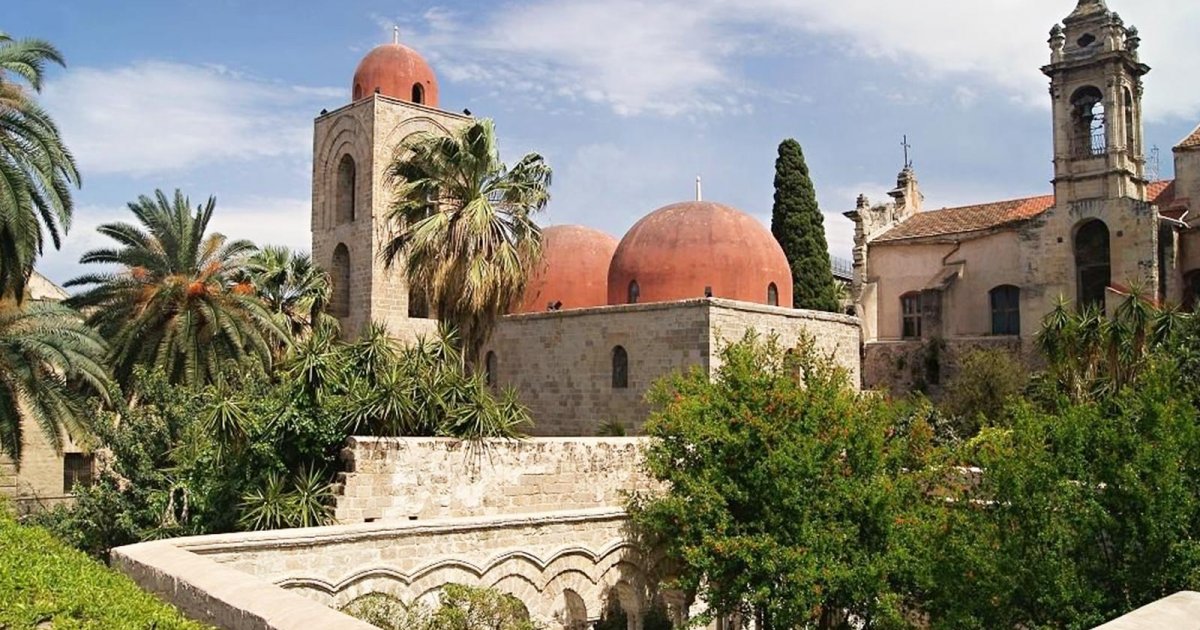CHURCH OF SAN GIOVANNI DEGLI EREMITI, Church Of San Giovanni Degli Eremiti
 Language: English / USA
Language: English / USA
Hi, my name’s Jill, and I’m your personal guide. Along with MyWoWo, I’d like to welcome you to one of the Wonders of the World: San Giovanni degli Eremiti.
The Church of San Giovanni degli Eremiti is one of the most fascinating monuments in Palermo.
It was built on the spot of an ancient monastery that the Arabs destroyed and replaced with a mosque. When the Normans arrived, however, part of the mosque was demolished and around 1150, Roger II incorporated the remains into the church building we can see today. The church was repaired in 1535, on the orders of Charles V, the new ruler of Sicily, and was restored in 1882 by the renowned architect Giuseppe Patricolo, who brought the medieval structures back to light and rid the church of all the subsequent features, in an attempt to restore the appearance that it had in Norman times.
The building is pure and simple in shape, devoid of decoration, and has a characteristic roof with red domes that match the one on the bell tower. The two larger domes correspond to the main nave, while the smaller two are placed at different levels above the transept. The windows are now bare, but were once embellished with a geometric tracery pattern, characteristic of Islamic architecture.
The small, simple cloister adjacent to the church is all that remains of the Benedictine monastery that stood next to it in the 13th century.
Now press pause and enter the church.
As you can see, the interior is simple and unadorned, transmitting an air of mysticism. The nave, with a tau cross, or T-shaped ground plan, is divided into two square spans joined with a huge arch and both topped with a dome.
The transept, perpendicular to the nave, is composed of three square areas. The central area is topped with a small dome, and the one on the left by the bell tower. From the area on the right, with a lower dome, you can enter an earlier building made up of the remains of the mosque, which in Norman times was used as a cemetery for important people.
Let me leave you with an interesting fact: the bright red of the dome is not the original color, and is the result of nineteenth-century restoration work that misinterpreted the actual color of cocciopesto, the slightly pinkish waterproofing material made of limestone and sand mixed with the tiles they were covered with.



